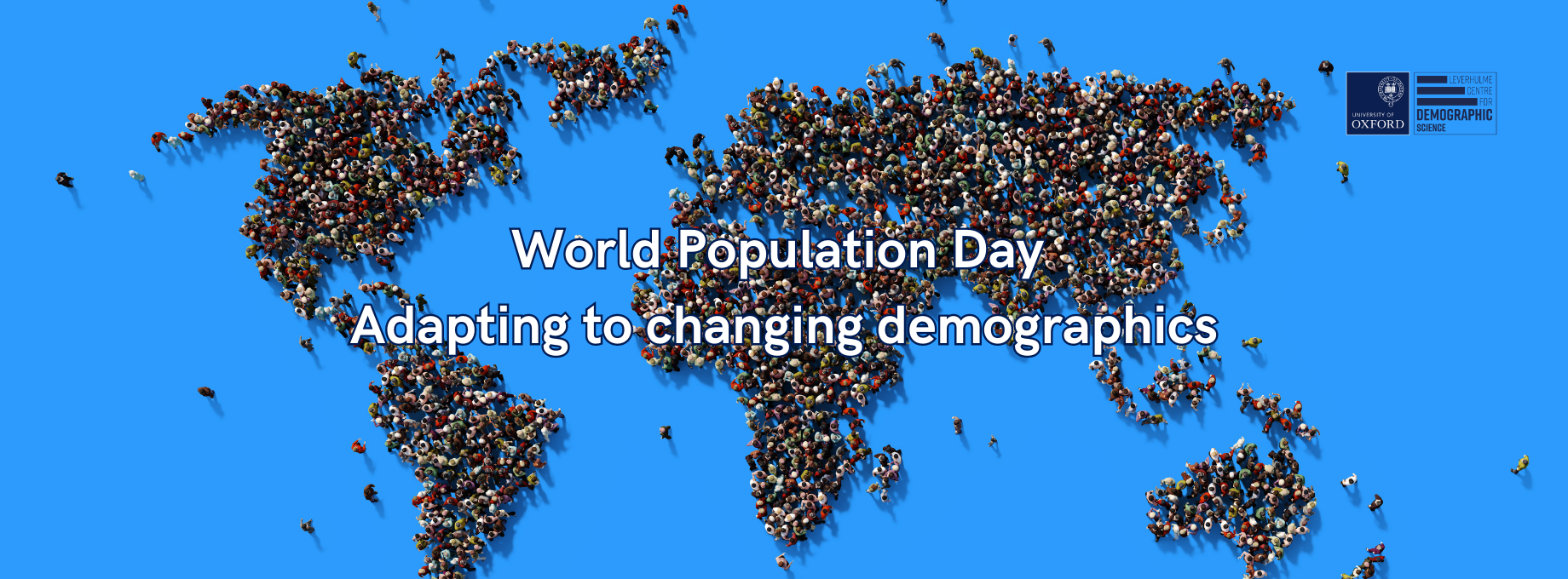As the world's population surpasses eight billion people, a new era of challenges and opportunities unfolds. The shifting demographics, marked by slower population growth and regional variations, are bringing population issues such as gender inequality to the forefront.
Last November, the global population reached eight billion, with projections indicating that it will take around 15 years to reach the next billion by 2037. This pace contrasts with the previous milestone, surpassing seven billion, which took 12 years to achieve.
Professor Melinda Mills, Director of the Leverhulme Centre for Demographic Science adds, ‘Population growth is slowing and population sizes are shifting. Earlier this year, India overtook China as the world’s most populous country. The world’s epicenter is changing, and population growth is changing with it.’
The dynamics of population growth unveil significant regional disparities. Asia and Africa are expected to drive much of the future growth, while Europe's population is projected to decline. This trend stems from various factors, including falling fertility rates, increasing life expectancy, and ageing populations.
Falling fertility rates reflect a global trend, with the average number of births per woman dropping from 5 in 1950 to 2.3 in 2022. This decline is observable in European countries, including England and Wales, where fertility reached its lowest recorded level. Research by Professor John Ermisch, associate member of the Leverhulme Centre for Demographic Science, suggests that women across all educational groups are having fewer children and at later stages of their lives. Additionally, a groundbreaking study led by Professor Melinda Mills and researchers at the University of Cambridge reveals the long-lasting impact of natural selection on human fertility, shedding light on reproductive biology and potential links to infertility.
Global life expectancy at birth reached 72.8 years in 2019, marking a remarkable 9-year increase since 1990. However, by 2021, the least developed countries lagged behind the global average by 7 years. Research conducted by the Leverhulme Centre for Demographic Science underscores the socioeconomic influences on life expectancy, which can vary significantly based on age, gender, and country. An international study led by Dr José Manuel Aburto found that life expectancy for young people can be as much as 14 years shorter in violent countries compared to peaceful countries. While men are the primary direct victims of violence, women are more likely to experience non-fatal consequences, which perpetuate gender inequalities, and can trigger other forms of vulnerability and causes of death.
Amidst the growing population, addressing gender inequality becomes paramount. This year's World Population Day focuses on advancing gender equality as a fundamental goal. The digital gender gap emerges as a crucial area to monitor, ensuring women's full participation in the digital revolution. Research, such as the UNICEF report co-authored by Professor Ridhi Kashyap, highlights global disparities in digital access for adolescent girls, mirroring patterns observed among adult women.
To tackle this issue, the Leverhulme Centre for Demographic Science has developed an interactive web dashboard, supported by the Bill and Melinda Gates Foundation, to monitor real-time global digital inequalities.
Professor Ridhi Kashyap adds, ‘Digital technologies are central to our lives, playing a vital role in education and various aspects of society. By closing the digital gender gap, we can empower women and girls to become equal participants in the world, enabling them to make the most of the new opportunities that digital technologies afford, and ensuring equal access for all.’
Closing the digital gender gap
The Leverhulme Centre for Demographic Science has also recently launched phase 1 of its Mapineq Link dashboard and database to equip policy makers and researchers with the fine-grained geospatial data needed to revolutionise our understanding of how an individual's local context influences inequalities.
As we navigate the complexities of a growing world population, the urgent task of closing gender inequalities takes centre stage. By understanding the multifaceted nature of these challenges and leveraging the power of digital technologies, we can work towards a future that ensures equal opportunities and empowerment for all.
The Leverhulme Centre for Demographic Science is part of Connecting Generations, funded by the Economic and Social Research Council (ESRC), alongside the Centre for Population Change (CPC). Find out more about CPC research on World Population Day here.







